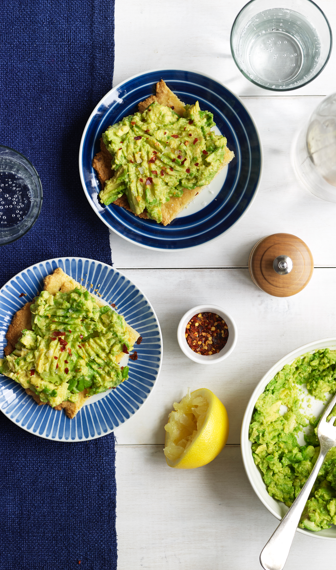Perhaps your grandmother called it roughage; physicians call it bulk. No matter what it’s called, dietary fiber traditionally used for relieving constipation is an important consideration when changing the way you eat to a lifetime of healthy eating. What exactly is fiber? Simply put, dietary fiber is the indigestible parts of plant cells. Although it is a carbohydrate, fiber does not convert to glucose and thus does not raise your blood-sugar level the way carbohydrates typically do.
In fact, fiber actually slows the entry of glucose into the bloodstream. This, in turn, reduces the blood-sugar spikes that cause insulin production and encourage the body to produce and store body fat. And by slowing down food’s transit time in the digestive tract, fiber helps you feel full longer, resulting in fewer food cravings.
But that’s just the beginning. Fiber also:
- Binds to cholesterol in the intestine, helping rid the body of it.
- Absorbs and then eliminates bacterial toxins in the intestine.
- Reduces the likelihood of getting diverticulitis.
- Speeds the excretion of gallstone-promoting bile.
- Supports the immune system by crowding out harmful bacteria in the colon.
- Bulks up the stool and make it easier to pass.
Fiber-rich foods include vegetables, nuts and seeds, fruit, beans and whole unrefined grains. You can sprinkle bran over your vegetables or blend flaxseed meal into a shake to get an extra boost of fiber. Also remember that you need to accompany any increase in fiber intake with plenty of water.
If you haven’t been eating significant amounts of fiber, increase your intake gradually to allow the intestinal tract to adjust.

